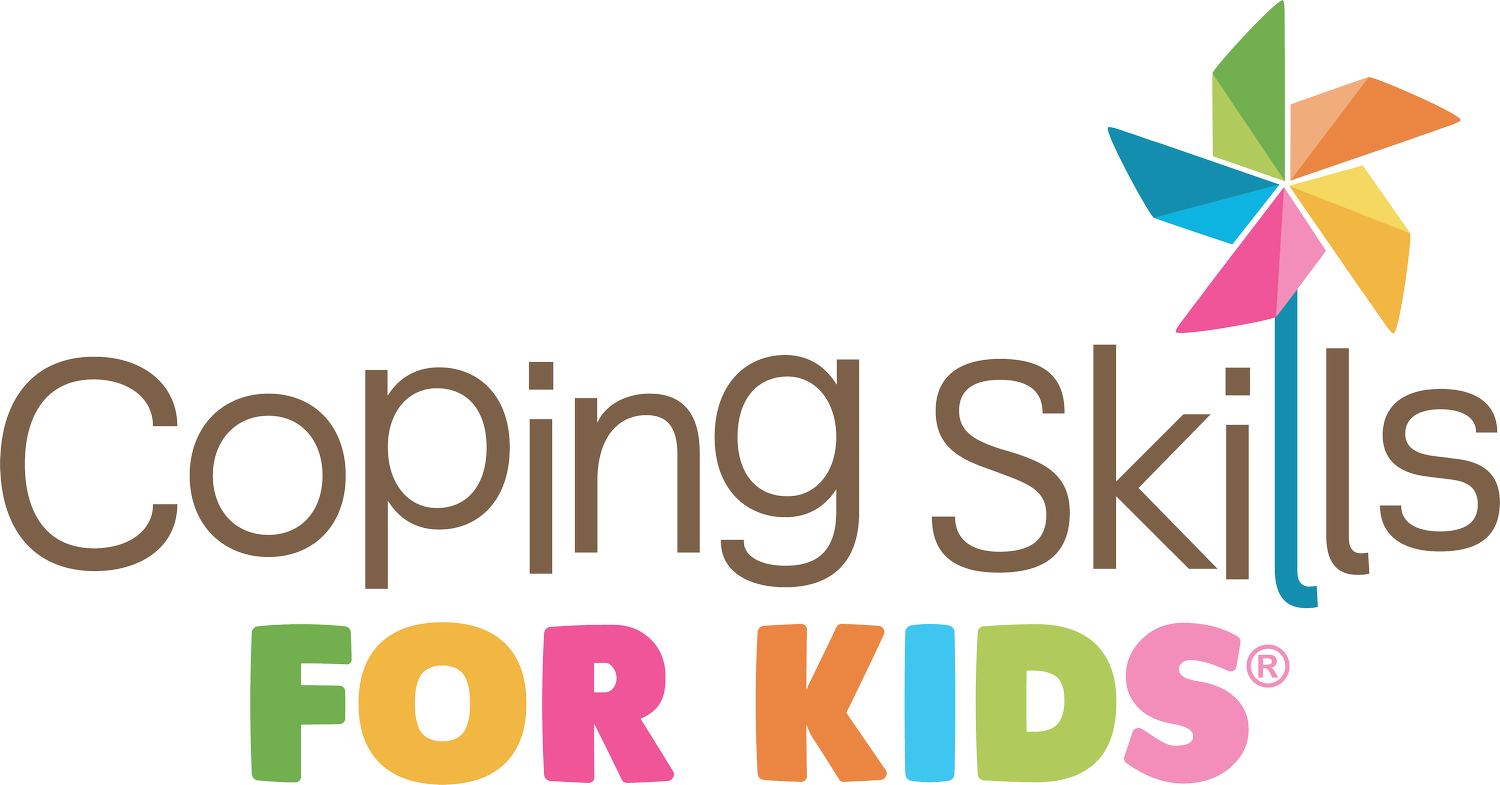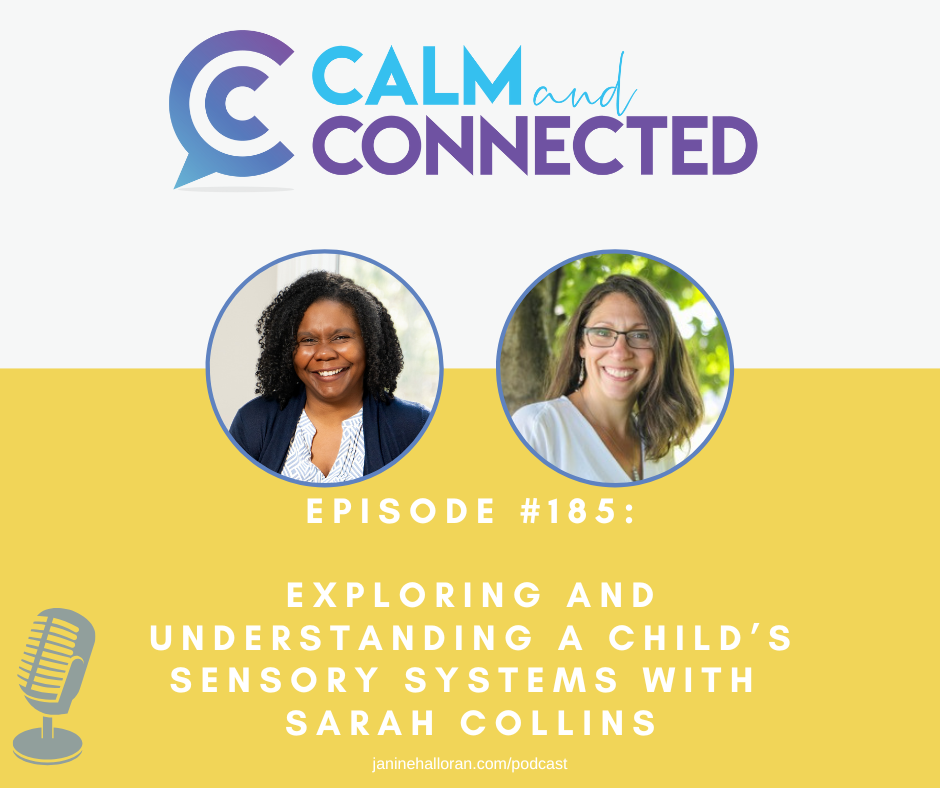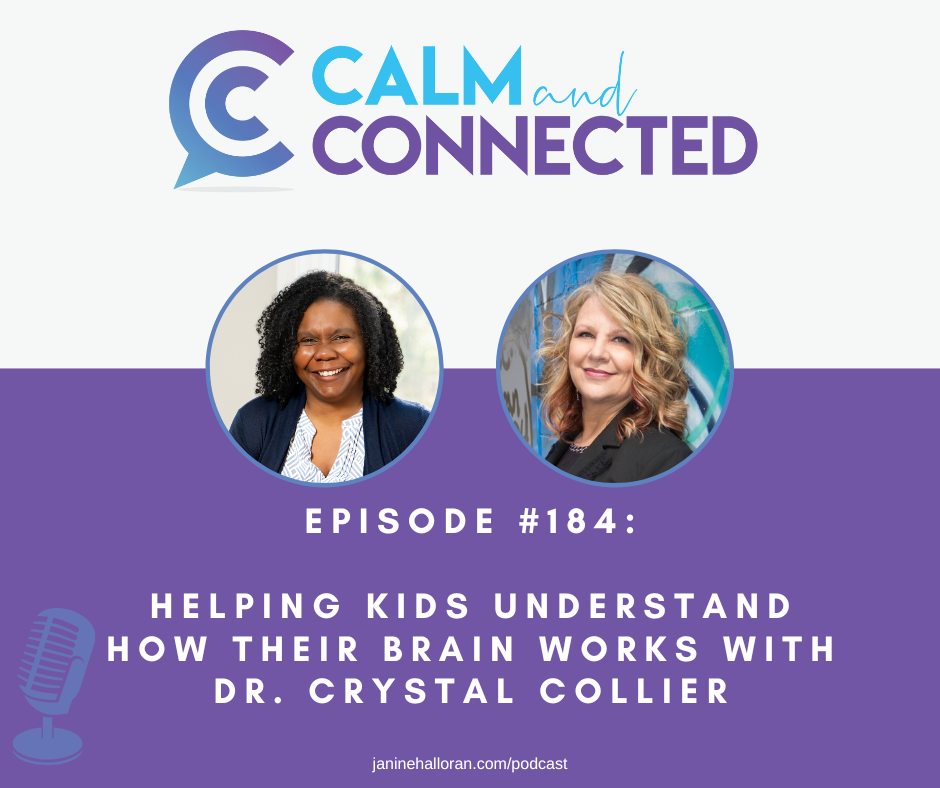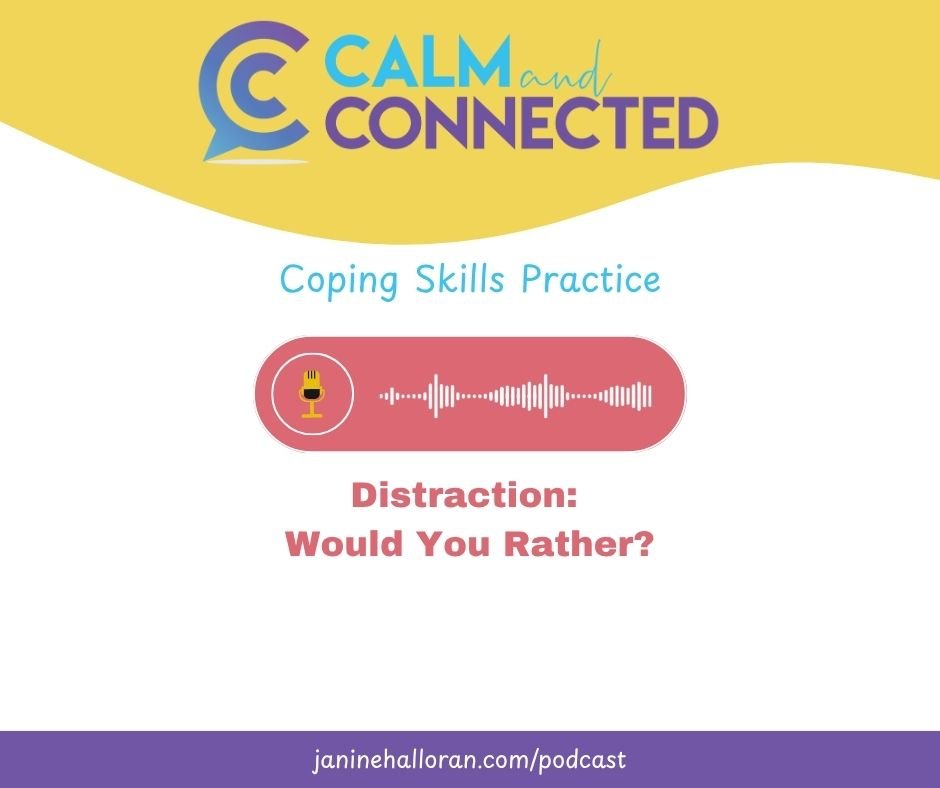Inside: 5 tips for helping kids cope with anxiety, stress and anger in healthy and safe ways.
The phone rings, and your heart stops when you notice the number. You know it’s because your daughter is having a hard time at school again. What could it be this time? A writing assignment she didn’t respond well to? A kid brushed her off?
You take a deep breath and answer the phone.
"Hi, Mrs. Harris. This is Mrs. Jones, Kylie’s teacher. I wanted to call and let you know she’s having a challenging day. She did well up until it was time to transition back to work after snack, and we had to start writing - we know it’s her least favorite. She wasn’t following directions to clean up her snack, and when we attempted to give her the assignment, she scribbled all over it, ripped it up and broke her pencil…."
You want to help Kylie, but you don’t know what to do.
Start by helping her identify her feelings
Let Kylie know that she can’t expect to be happy all the time. It’s completely normal to feel angry, or feel sad, or feel frustrated at times. It’s what she does with those feelings that matters.
It can be difficult for some kids to figure out exactly what they are feeling. Talk with her about how her body reacts when she feels different ways.
For example, when she feels worried, she may feel a little sick to her stomach, or her legs may feel shaky and her head may feel like it’s in a fog. When she feels angry, she may feel heat in her hands, warm all over her body and she may feel like her face is red.
It’s really helpful for her to know the signs her body gives her about what she is feeling.
Identify what works
Talk with Kylie and figure out what helps her feel better. She might be able to identify a few things that helps her relax when she is having a bad day.
If she is stumped, start with what she loves. Ask her to think about her interests, her hobbies and her favorite things. What does she love to do on the weekends? If she could do anything with free time, what would she do? Use this information to help her identify things he can do when he is having big feelings.
Sometimes, it’s easier to have some suggestions when talking about coping skills, so use a coping skills checklist. This one is divided into four categories: calming, distraction, physical and processing. This is by no means a comprehensive list, but it is a starting point to begin exploring ways to manage feelings.
Once you’ve gone through the checklist, make a list of her current coping skills. This list is super valuable information. These are things she can use right now to help her manage big feelings. Let her know that these are things she currently does, and that’s awesome! Have her keep a list with her at home, or in her agenda at school so she can remember those skills.
Second, make a list of things she wants to try. This will help guide you as you start to have her explore new coping skills.
Try new skills
Try introducing new skills to Kylie to see if those work for her. Look at that second list you made. Pick a skill she identified as something she wanted to try and have her actually do it to see what it feels like. For example, maybe using the 54321 Grounding Technique is a coping skill she’d like to try. Give her an opportunity to try it out and see if it’s helpful.
A couple of pieces of advice about this:
-Try it out when she is calm and relaxed, not when she’s in the middle of a meltdown
-Try it more than once.
Your goal is for Kylie to have a variety of skills that she can use to manage her feelings, no matter where she is: at home, at school, on the playground, etc. Trying new coping skills will help add to her ever growing list of coping skills she can use.
Be her inner voice
Ideally, we want Kylie to be able to take these steps:
Identify her feeling
Identify a coping skill she can use to deal with that feeling
Use that skill
It can take time for her to develop and do this set of steps on her own. In the meantime, you have to be her inner voice. You know instinctively which situations cause her to have a hard time. You may notice her getting frustrated way before she is able to recognize it herself.
When you know that she’s heading into a frustrating situation, or is starting to look frustrated,
you can say something like “Did you notice that your fists are clenched? I wonder if you’re getting frustrated. What about using your star breathing?” By doing this, you are helping her make that connection between her body, her feeling and doing something healthy.
Home - School Communication
Kylie experiences big feelings at home and at school. Make sure communication is happening. Teachers at the school may discover a coping skill that really works for her, and you as her parent want to let the school know what you’ve discovered at home that works. Keep in mind that not all coping skills work in all places. For instance, she can’t lay down and take a rest when she’s at school, but you’ve found that to be an effective skill for her to use at home. Remember, you’re all working together to help Kylie.
The phone rings. Your stomach clenches again.
Hi Mrs. Harris? It’s Mrs. Jones calling. I wanted to give you a call and let you know that Kylie had an awesome day! She got frustrated with a writing assignment but she was able to tell us how she was feeling. She took a quick walk to get a drink and was able to get through it….
Do you want to learn more about how to help kids cope with challenges?
Take the Create Coping Skills Champions Video E-Course!
This course is designed to help therapists, school counselors, educators and others who work with kids to teach coping skills. To learn more about the course, visit the Coping Skills for Kids Teachable Page.
A SPECIAL NOTE TO PARENTS:














